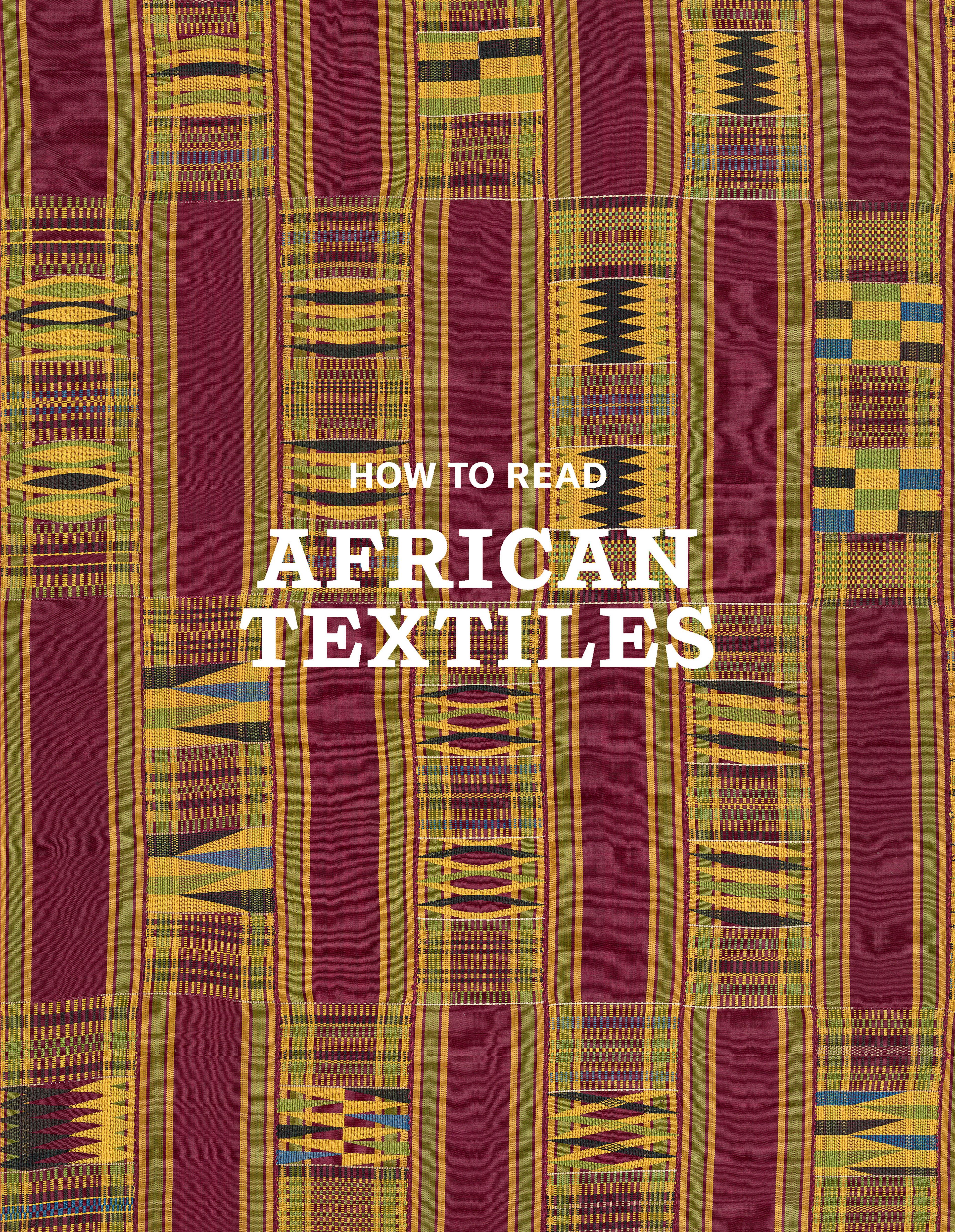Agbádá (man’s ceremonial robe)
This robe or gown is a distinctive example of the traditional hand-woven and -embroidered, loose-fitting, wide-sleeved, over-the-head garment worn by elites in Nigeria. These robes are always worn over other clothing and generally fall to the lower leg. In the past, such prestige robes were traded over vast distances and similar or related garments are found throughout much of West Africa. They are called agbada (Yoruba), riga (Hausa) and boubou (corruption of Wolof mbubb).
Fine old robes have become family heirlooms passed on from father to son and worn with pride at major celebrations such as weddings and funerals. This example, donated to the Metropolitan Museum by fashion designer Duro Olowu, belonged to his grandfather, H.R.M Oba M. O. Akinsoroju, the Lapoki of Aye in Ondo State, Nigeria, where he ruled for over 50 years until his death in 2002.
Fine old robes have become family heirlooms passed on from father to son and worn with pride at major celebrations such as weddings and funerals. This example, donated to the Metropolitan Museum by fashion designer Duro Olowu, belonged to his grandfather, H.R.M Oba M. O. Akinsoroju, the Lapoki of Aye in Ondo State, Nigeria, where he ruled for over 50 years until his death in 2002.
Artwork Details
- Title:Agbádá (man’s ceremonial robe)
- Artist:Hausa, Nupe, and/or Yoruba artists
- Date:mid-20th century
- Geography:Nigeria
- Culture:Yoruba
- Medium:Cotton, silk, dye
- Dimensions:H. 48 × W. 93 in. (121.9 × 236.2 cm)
- Classifications:Textiles-Costumes, Textiles-Dyed and Embroidered
- Credit Line:Gift of Duro Olowu, 2014
- Object Number:2014.751.1
- Curatorial Department: The Michael C. Rockefeller Wing
More Artwork
Research Resources
The Met provides unparalleled resources for research and welcomes an international community of students and scholars. The Met's Open Access API is where creators and researchers can connect to the The Met collection. Open Access data and public domain images are available for unrestricted commercial and noncommercial use without permission or fee.
To request images under copyright and other restrictions, please use this Image Request form.
Feedback
We continue to research and examine historical and cultural context for objects in The Met collection. If you have comments or questions about this object record, please contact us using the form below. The Museum looks forward to receiving your comments.
